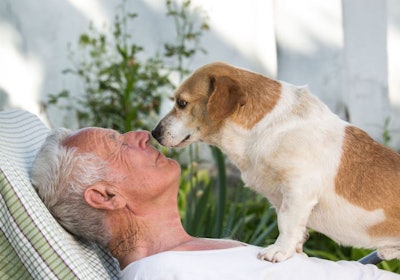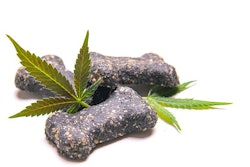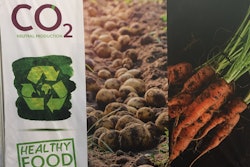
As I write this, everyone around the world is marking a grim anniversary: On March 11, 2020, the World Health Organization designated COVID-19 a pandemic. One headline (among many) observing the date stated it succinctly: “The day everything changed.”
That has been no less true for the pet food industry. The pandemic swiftly and significantly affected every aspect of the supply chain, manufacturing, distribution and all the way to consumers buying food for their pets.
Recently, I participated in a video interview broadcast to pet-related clients of an investment firm, and one of the questions posed to me was about how the pet food industry responded to COVID-19. Looking back over the past 12 months, it was enlightening and heartening to reflect on the many lessons learned and impressive adjustments made by pet food manufacturers, suppliers, retailers and pet owners.
None of these are new, but I think they warrant restating and praising.
Overcoming shortages of pet food, supplies, workers
When lockdowns happened across the globe in March 2020, pet food consumers rushed to stock up on food, including for their pets, resulting in instances of owners not being able to find their preferred pet food brands or not being able to buy them in a timely manner if trying to order online.
Similarly, while most governments declared pet food manufacturers essential businesses, so they were able to stay open, some experienced shortages of key ingredients, often caused by shipping and distribution disruptions from the lockdowns. Manufacturers also had to ramp up their worker safety programs, adapting lines and processes to allow for social distancing and other protocols. In some cases, finding enough workers was a challenge, too, due to COVID-19 illnesses, quarantines or concerns.
Pet retailers were also declared essential businesses in many countries, yet struggled to compete with surging online sales.
A year later, some of these challenges persist, at least intermittently or in specific cases. I’ve heard anecdotally of pet food shortages in some countries, along with shortages of certain ingredients. A pet treat manufacturer told me recently that his company is still experiencing worker shortages and problems with exporting products due to shipping disruptions. And many independent pet retailers have missed out on pet food and pet care sales booms.
Yet overall, the industry has responded well, with most manufacturers finding ways to quickly adjust whatever was necessary: formulations, distribution, safety protocols, consumer outreach. The proof of this collective successful adaptation is that healthy sales growth. Though pet food and pet care sales predictably plunged after the initial spikes in March 2020, they rebounded later in the year. Packaged Facts projected the U.S. pet food market to finish 2020 up 7% over 2019, while globally, the overall pet care market gained 5% in sales, according to Euromonitor.
Another indicator of coming out the other side of this crisis: the many lessons learned that pet food brands, manufacturers and retailers can carry forward and apply as life and business continue to change—because very few things will likely be the same as they were heading into 2020.
Pet owners, and pets, leading the way
Probably the most robust and inspiring response to the pandemic has come from pet owners. Most have done all they could to keep their beloved pets—and keep feeding them well—no matter their financial and other hardships. Even better, many also took in additional furry family members or adopted pets for the first time.
If every pet owner didn’t already realize just how much comfort and joy pets provide, they certainly do now after weathering this pandemic. Perhaps the most important lessons we’ve all learned over the past 12 months is how to be flexible and resilient, and to appreciate the good things in our lives. No doubt our pets are near or at the top of that list.


















